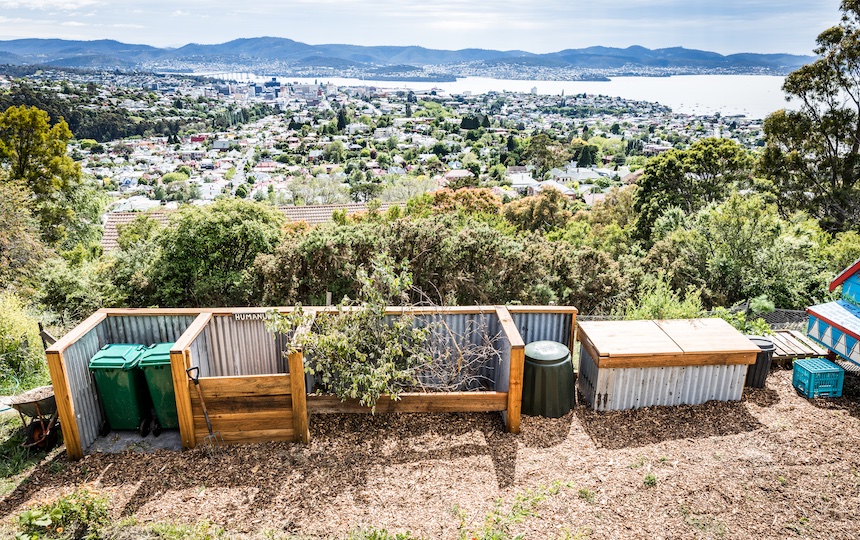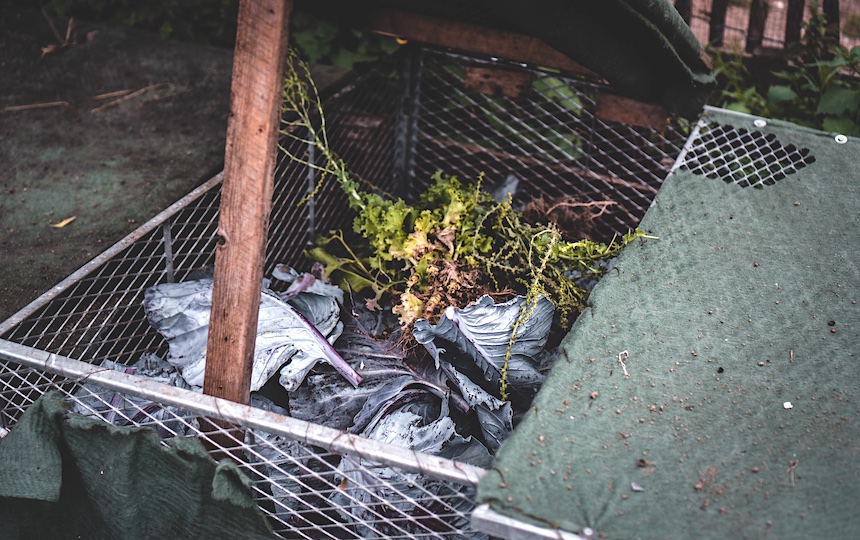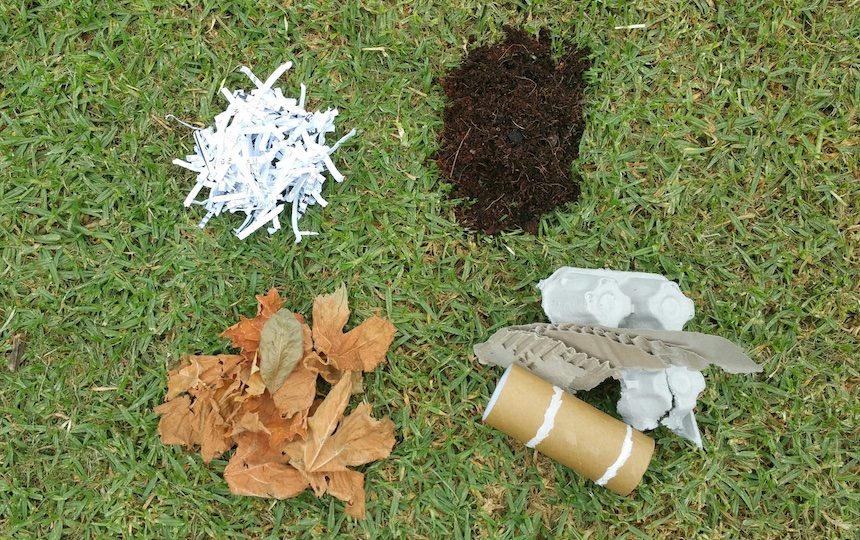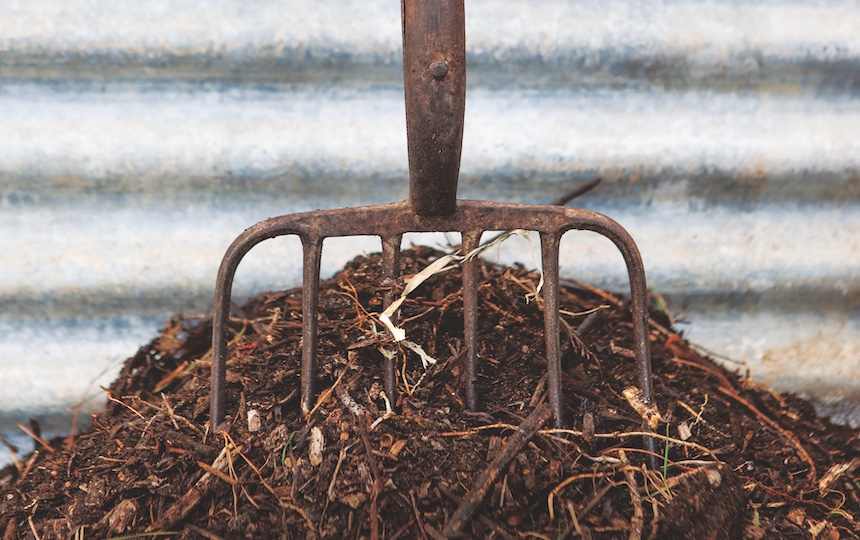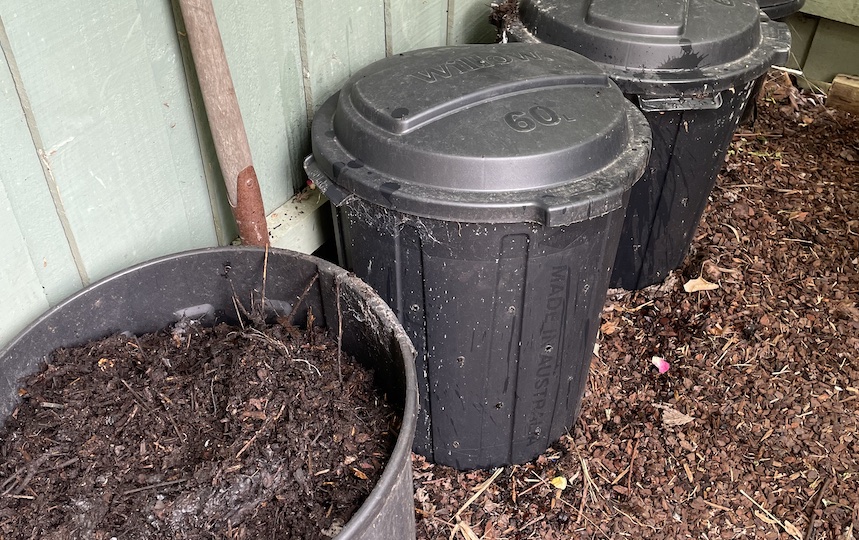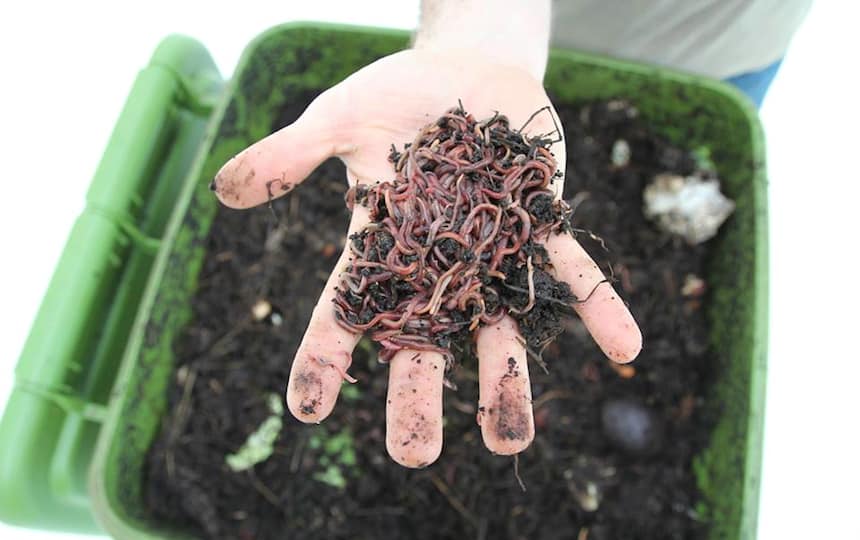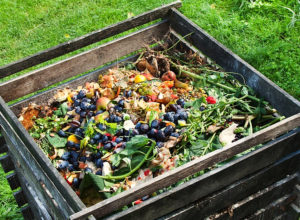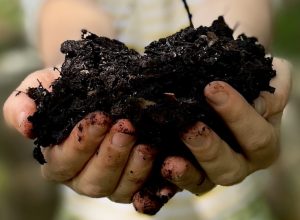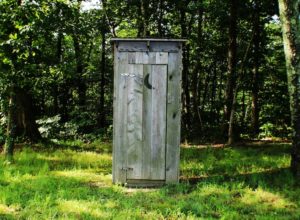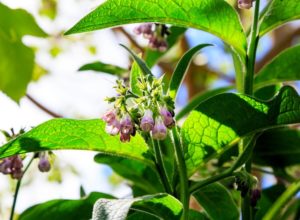Need some home composting assistance? We’ve put together some of the common questions we receive to help you with any issues you may be having with your composting pile.
One of the key components to living a sustainable lifestyle is dealing with your household’s food waste.
According to the NSW Environment Protection Authority (EPA), 35% of the average Australian household bin is made up of food scraps.
There are a number of reasons why that figure is so high. We cook (or buy) too much food, leftovers go uneaten, food is mistakenly thrown out before the use by date, we buy food items we already have in the pantry/fridge, we don’t stick to a shopping list and… we’re lazy (we’ve all been guilty of ordering takeaway instead of cooking the food we’ve already bought at one time or another!).
Unfortunately, when those food scraps hit landfill it emits a greenhouse gas known as methane, which is more potent than the carbon pollution that comes out of your car exhaust. Who knew?!
In order to divert your own food waste from landfill you will need to decide on the best method of disposing of it. You essentially have three options: a Bokashi bin, a worm farm or using a composting bin, tumbler or pile.
You can check out our beginner’s guide to home composting here, which explains the three methods in detail of how to deal with your food scraps.
Another options is donating your food scraps via Share Waste, a website which connects people to others in their local area who are happy to receive kitchen waste for their own backyard composting purposes.
At times, home composting can throw up a few challenges, so we’ve put together a list of the most common questions we receive to help you troubleshoot any issues you may be having.
What’s better, a compost pile or a worm farm?
It depends on how much material you have. An effective hot composting pile needs to be at least one metre by one metre at the base (even better if it’s 1.5 metres) and the same in height.
You can store your yard waste until you have gathered enough material to make a decent-sized backyard compost pile. If your material is more of a small but continuous stream of kitchen and garden scraps, then you might choose to use a worm composting farm instead.
Worm castings (or vermicast) can be used in a similar way to compost to fertilise your garden and diluted worm wee makes an excellent liquid tonic.
What’s the difference between hot and cold compost?
Hot compost is when you build your compost pile all at once with material that you have been storing, or brought in. When you get the right nitrogen ratios of carbon (25:1) your pile will heat up within a few days and get to temperatures around 50–60oC.
The heat will ensure your compost is breaking down effectively and efficiently as well as killing weed seeds and plant pathogens at the same time.
Depending on your compost-making style, hot compost can be ready in a matter of weeks. Cold compost is a pile that is added to over a much longer time, often a lot smaller and sometimes in a covered bin. It will eventually break down, but won’t be the same finished product as a hot compost pile.
If your cold pile is open to the soil it will most likely attract worms that will assist in the breakdown process.
How do I get the carbon to nitrogen ratio (brown-to- green) right?
A hot compost pile needs to have a certain amount of carbon (think brown material like dry leaves, straw, old mulch, paper, and even small wood chips) and a certain amount of nitrogen (think green materials like fresh manure, grass clippings, eggs shells and fruit and vegetable scraps).
The ideal ratio is 25 units of carbon to one unit of nitrogen. However the materials have varying ratios within them, so if you’re unsure you could broadly aim for four brown to one green. This might be a large pile of dry leaves and straw to a small amount of fresh chicken manure, and make sure you add enough water for the microbes to play their part in the composting process.
You can push a piece of wire into your pile and touch it periodically to see if it is producing enough heat. If it’s not warm, add more nitrogen the next time, make your pile bigger, or insulate it better. You don’t want your pile to get so hot it kills the microbes doing the breakdown work. If it does get too hot, you can add more water and use less nitrogen the next time.
Do you still turn a hot compost?
Once you’ve built your hot compost pile, leave it for a few days to let the heat build up and the microbes begin their work. Then turn it a few times a week for the first few weeks if you wish to ensure the process will be fast and effective.
Within a few weeks you will have crumbly, black and sweet-smelling compost, and you can cure it for another couple of weeks. You’ll get best results if you then cover it, and leave it for another couple of months allowing the worms to complete the curing process.
Can I add citrus, onions and meat to my compost?
Nearly anything goes – in moderation. The remnants of juicing a full bag of oranges a day will overload your compost, the same goes with onions. Citrus peel takes a long time to break down, so chop it into small pieces before adding it to help it break down quicker.
As for meat, it will absolutely break down in your compost over time – many a loved backyard pet was turned back into earth in this way – but be aware that you’re likely to attract rats and other creatures looking for a free meal, so ensure meat scraps are well covered.
How do I keep vermin out of my compost?
If you have a daily stream of vegetable peels and other kitchen waste it might be a good idea to use one of the covered compost bins or worm farms that vermin can’t access. If you are adding to a cold compost pile that is open to the air, make sure you bury your scraps deep into the pile each time you add them.
With a hot compost pile you will be adding all of your ingredients at once, and it will heat up within days to temperatures that rats will want to avoid. You should also be keeping your hot compost pile wet enough that it won’t be a tempting place for rats to make home.
We compost our vegie garden regularly but get lots and lots of weeds. Help!
Generally, compost needs to reach 60 degrees Celsius to kill pathogens and weed seeds. Nearly all home compost bins and heaps don’t reach this temperature.
You require a compost heap of one cubic metre, the right blend of ingredients and aeration from turning the material regularly.
The easiest solution is not to put weeds and bulbs into your compost. Never put diseased material into your compost. Use mulch on your vegie beds and garden beds to suppress weed growth.

